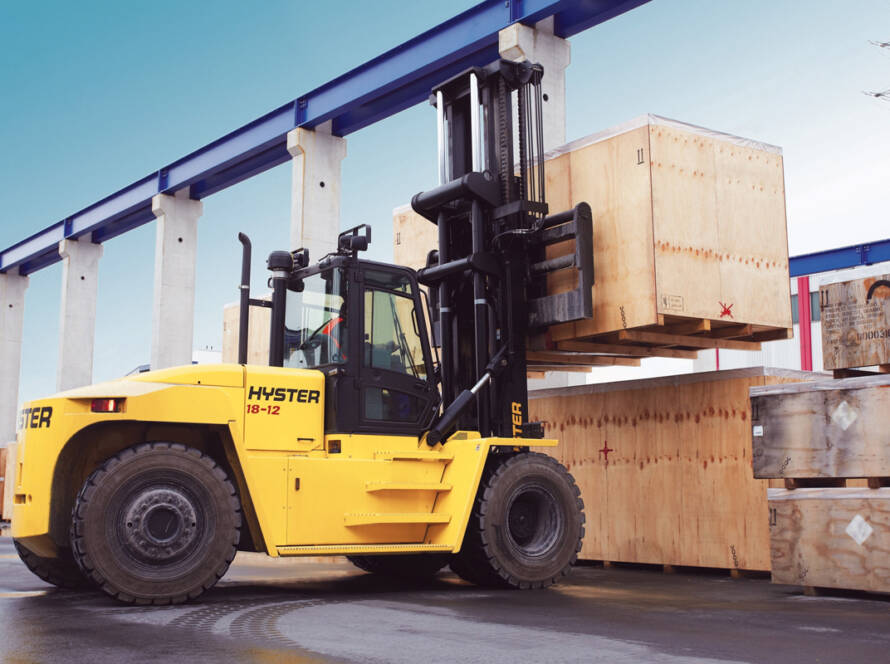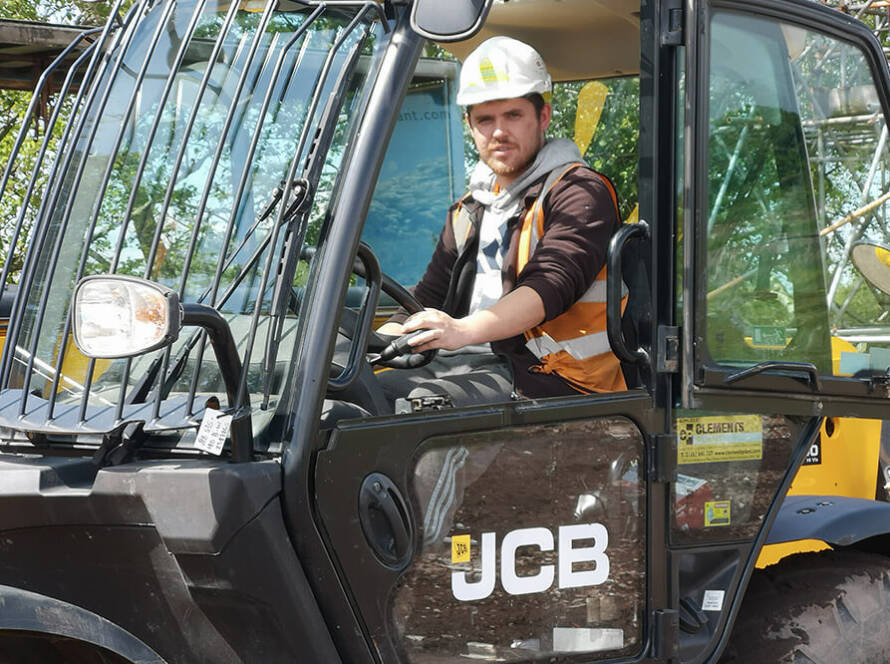These dozers can take on difficult jobs
The number of production class dozers is quite low, specifically in North America. There are only 14 dozers of this class available in the whole country. The variant models in this category have different power ratings and specifications. The comparatively smaller dozers in the production category have horse power ratings ranging from 300 to 350 horse power. The models in this category include Dressta TD25R EXTRA (330 horse power), John Deere 1050K (350 horse power) and Komatsu D155AX-8 (354 horse power).
There are some dozers with heavy ratings in this category too, which include the Komatsu D475A-5, which has a capacity of around 239,000 pounds (with ripper) and the Cat D11T CD (Carry Dozer) at the capacity of around 248,000 pounds. Both of these heavy production dozers have a horse power rating of around 900 horse power. The largest dozer in this category is the Komatsu D575 Super Dozer which has a capacity of more than 330,000 pounds and a horse power rating of 1150 horse power. There is news though, that Komatsu will stop the production of this particular dozer this year.
There are standard blades available for the production dozers which range from 8 cubic yards for the lighter models and up to 60 cubic yards for the heavier ones in this category. The Komatsu D575 Super Dozer had an exceptional blade range of around 90 cubic yards. There are some specialty blades available too, which may be designed for pushing coal and can reach as high as around 100 cubic yards’ range for the blade. The custom built blades can be used for other different applications too and are used to increase the efficiency of the machine.
Read the complete article to learn more about production dozers!
Based on global sales figures supplied by Anil Tanca, marketing manager, Dressta Global and LiuGong Europe, the 2015 market for large crawler dozers (models with 260 horsepower and above) fell just short of 3,000 units. That number was less than half the total of 6,400 units reported in 2012. After a significant drop in market size in 2009, the market recovered strongly during the next three years, then began a decline in 2013 that has persisted to present.
“In broad terms, there’s no question that low oil prices and depressed prices for other global commodities has affected the market for production-class dozers,” says Mark Oliver, John Deere’s product marketing manager for crawler dozers.
Dressta’s Tanca, though, sees a possible bright spot.
“Due to the decrease in demand for commodities,” says Tanca, “big mines and quarries have suffered. The prices for commodities, however, have probably seen rock bottom, and sooner or later they will start picking up—which will positively affect the demand for these big production machines.”
PRODUCTION AND COSTS
For all of their size and brute strength, production-class dozers are as technically refined as any machines in the fleet, offering such amenities as spacious, well-appointed operator environments (some with special sound-attenuating features), electro-hydraulic controls, GPS-based systems for grading and bulk earthmoving, vehicle-health monitoring systems, and powerful telematics systems.
Production-class dozers typically are run by a fleet’s most-experienced operators, who generally understand and appreciate the technology that assists in attaining consistently high production. In extremely hazardous working conditions in which these big machines are sometimes placed, technology can simply remove the operator from harm’s way via remote operating systems. The Caterpillar Command for Dozing system, for example, uses an over-the-shoulder console worn by an operator for remote, line-of-sight control up to 1,300 feet away, or a remote station, or a semi-autonomous remote station for controlling multiple machines.
With machines this size, production is king—but not at the expense of accelerated operating costs. Caterpillar’s Meeker advises potential buyers to consider total owning and operating costs.
“Include such items as purchase price, resale value, fuel, maintenance and repairs, then balance this against the machine’s productivity. Also consider parts and service capability in your area—reducing downtime is critical.”
Meeker also advises potential buyers to keep technology in mind, saying, for example, that systems that automate certain work functions, such as blade and ripper control, can significantly improve productivity and lower costs.
Komatsu’s product manager for crawler dozers, Charles Murawski, offers similar counsel and adds operating comfort and serviceability to the list, saying that even seemingly insignificant items, such as easily reached grease fittings and filters, reduce downtime and encourage good maintenance. Murawski makes the point, too, that machine design can affect both productivity and operating costs, citing, for example, the company’s “Sigmadozer” blade, available for the D155 and D275, and bogie-type undercarriages that use rotating bushings.
Author: Walt Moore
The complete article can be accessed here:
http://www.constructionequipment.com/production-class-dozers-are-few-mighty



